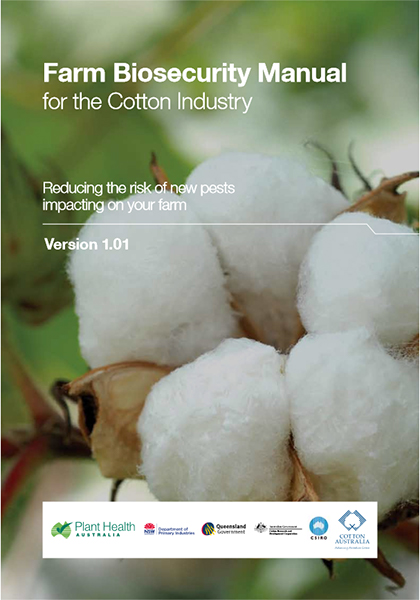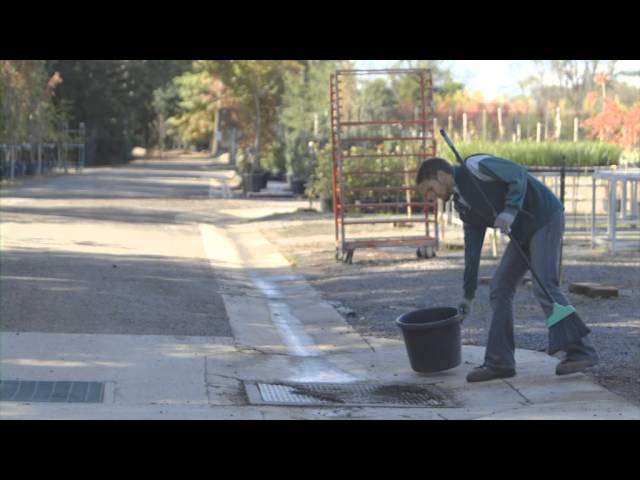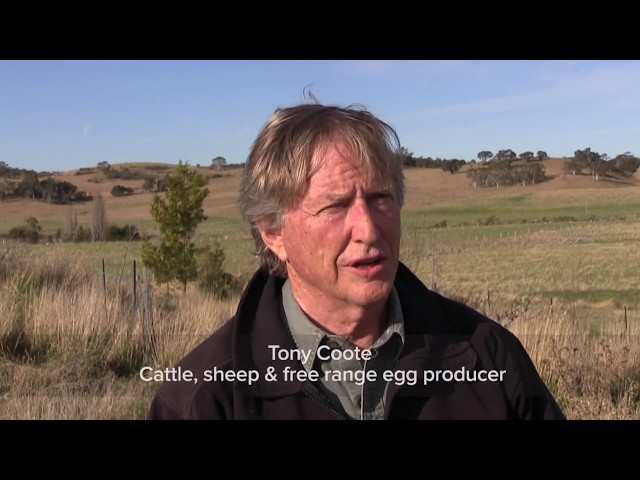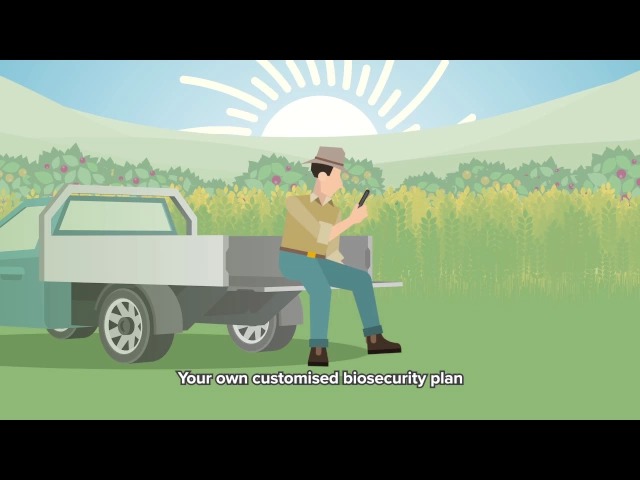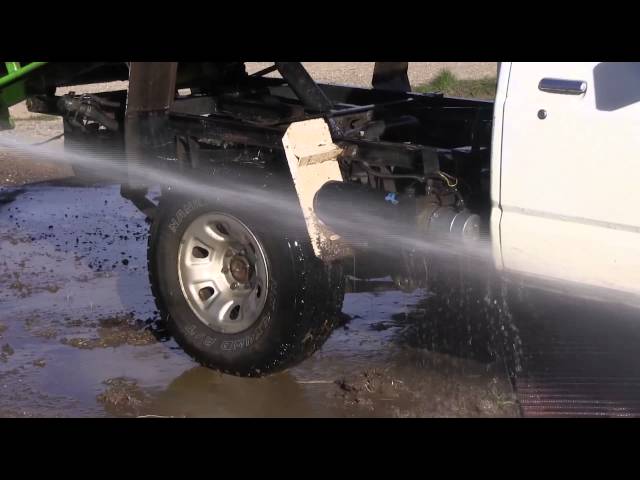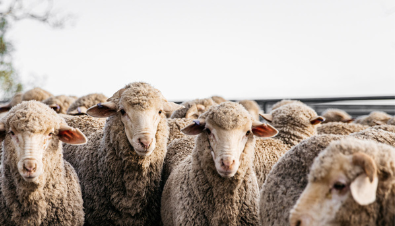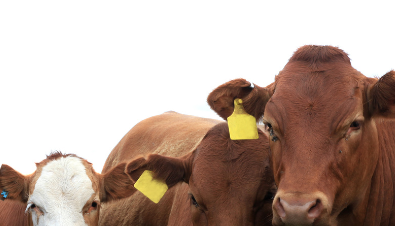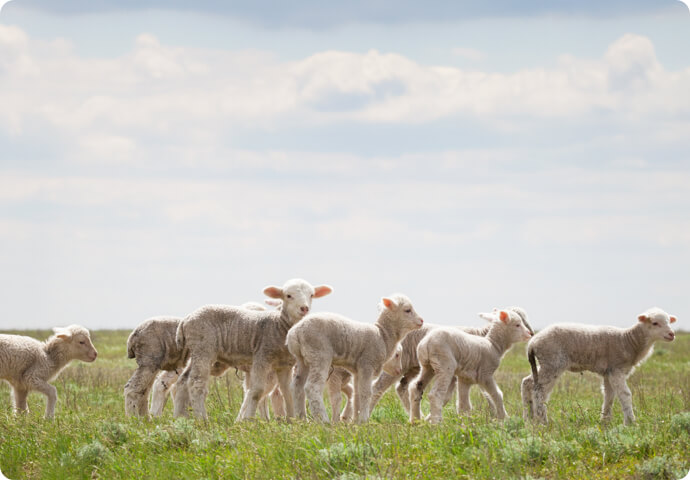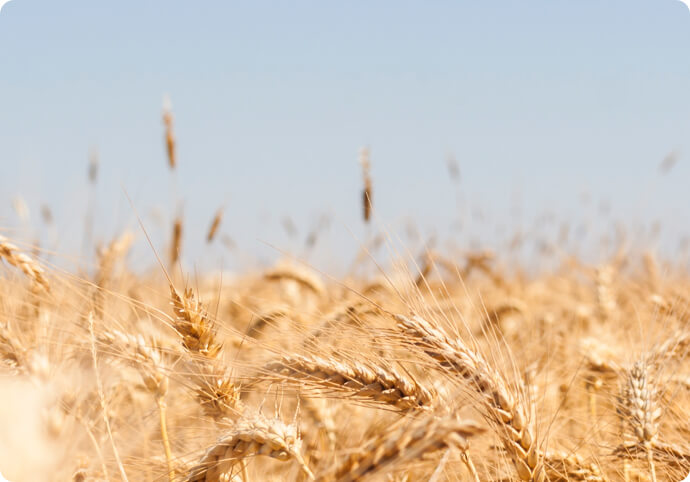You have an important role to play in protecting your farm and the entire cotton industry from biosecurity threats.
The Farm Biosecurity Manual for the Cotton Industry outlines the recommended on farm biosecurity practices that aim to reduce the risks from pests. Other resources for cotton producers are listed below.
The cotton industry section also includes information about specific pests and management practices.
Farm biosecurity
Here are seven easy ways you can reduce the threat of new pests (which includes insects, diseases and weeds) entering, establishing and impacting on your farm. These practices apply to all activities being carried out on your property.
1. Be aware of biosecurity threats
Make sure you, your farm workers and contractors are familiar with the most important exotic cotton pests. More
2. Use ‘clean’ farm inputs
Ensure all seed (for cotton and other crops) and other farm inputs that are brought onto your farm are pest-free. Keep records of your farm inputs and where they came from. More
3. ‘Come Clean Go Clean’
Practicing good farm hygiene will help prevent the entry and movement of pests onto your property. Workers, visitors, vehicles and equipment can spread pests, so make sure they are decontaminated before they enter and leave your farm. Have a designated visitor’s area and provide wash-down facilities for machinery, vehicles and people. Keep up-to-date with recommended protocols for wash-down. More
4. Control volunteers
Keep your farm free of cotton volunteer plants at all times throughout the year. More
5. Check your crop
Monitor your crop frequently. Being familiar with the usual appearance of your crop and local pests will help you recognise new or unusual symptoms and pests. Keep written and photographic records of all unusual observations. Vigilance is vital for early detection of any exotic plant pest threat. More
6. Abide by the law
Be aware of and support laws and regulations established to protect the cotton industry.
7. Report anything unusual
If you suspect a new pest – report it immediately to the Exotic Plant Pest Hotline 1800 084 881.
More information
To ensure your property has the best protection against the introduction and spread of new pests, identify the strengths and weaknesses of your biosecurity activities through some self-assessment questions.
Once identified, a few simple, non-costly and practical procedures can be implemented to strengthen areas of greatest risk.
While changing everyday practices can take more effort in the short term, these will become second nature with time and are easier and cheaper than dealing with the introduction of a new pest.

